********
Of all the lucha films in which classic movie monsters have made an appearance, El Asesino Invisible is the only one that I can think of that features the Invisible Man. There are a number of reasons why pitting a luchadore against an invisible foe is a bad idea, one of the most obvious being that Santo, Blue Demon and Mil Mascaras, for all their athletic ability, were not, as far as I know, accomplished mimes, and would have had difficulty selling the idea that they were grappling with a transparent corporeal being -- much less that they were walking against the wind or trapped in a small invisible box. Fortunately for us, the lead here is taken by professional actor Jorge Rivero, essaying the one-off role of El Enmascarado de Oro, aka The Golden Mask. (Unable to beat Santo at his own game, Rivero would go on to join him a couple years later as his co-star in Operacion 67 and El Tesoro de Moctezuma.)
El Asesino Invisible is the type of film that I imagine people are talking about when they refer to a movie as "an entertainment"; There's a sprinkling of plot, a bunch of musical numbers, a little romance, eye candy of both the male and female varieties, and, of course, a couple of wrestling matches shown in their entirety. The adorable Ana Bertha Lepe is the female lead here, and how much you like El Asesino Invisible will depend on how much you like Lepe (I do; she's adorable, remember), because she appears in several full-length song and dance numbers that are distributed liberally throughout the length of the film. Interestingly, Lepe is playing herself here -- or at least a version of famous star of stage and screen Ana Bertha Lepe who exists in a world where she might be stalked by a mad scientist with the power of invisibility -- which I can't help thinking was a move to compensate for the lack of verisimilitude that resulted from having an actor, rather than the "real" wrestler you'd typically see, in the masked hero role.
 In a further concession to genre tradition, Rivero forfeits the romantic lead to Miguel Arenas' police detective character, and doesn't even appear unmasked until a very brief moment in the final scene -- an especially odd choice given Rovero's classic movie star looks. On the villainous front, the presence of the ever waxen Carlos Agosti in the cast once again makes a mockery of a film's attempts to create any mystery around the identity of its killer, invisible though he may be in this case.
In a further concession to genre tradition, Rivero forfeits the romantic lead to Miguel Arenas' police detective character, and doesn't even appear unmasked until a very brief moment in the final scene -- an especially odd choice given Rovero's classic movie star looks. On the villainous front, the presence of the ever waxen Carlos Agosti in the cast once again makes a mockery of a film's attempts to create any mystery around the identity of its killer, invisible though he may be in this case.
On that point, I've got to say that the movie's invisibility effects, while not groundbreaking, are always competent and, in a couple of instances, quite striking; in particular the creepy "empty mask" effect when the killer tries to masquerade as El Enmascarado de Oro, and a bizarre, supernaturally-tinged moment when the hero sees the killer made visible as the reflection in a cat's eyes. I like to point out such technical accomplishments, because I've been troubled by some online reviews I've read of later luchadore films which seem to mistakenly interpret those films' shoddiness as being typical of the product of a backward, "Third World" film industry. The fact is that, at the time El Asesino Invisible was made, the Mexican film industry was the major provider of film entertainment for all of Latin America, was making its films for a worldwide audience, and had an established studio system that was a magnet for first rate technical and artistic talent from throughout the Spanish speaking world and beyond.
The real reason that those later lucha movies are shoddy is that, by the time they were made, the genre had fallen out of favor with audiences to the point where they were no longer an acceptable risk for the larger studios, and so became the provenance of smaller studios and independent producers looking to make a quick profit on as small an investment as possible. Still, I can understand how, if the only Mexican film someone has seen is, for instance, the first Superzan movie, they might not have the most charitable view of the country's film industry as a whole -- because that movie looks like it was made by some kind of cargo cult after some camera equipment washed up on the beach. (Hey, I'm not saying you shouldn't make fun of those movies; I'm just saying to be careful about the generalizations you make from them.) Still, even a glossy piece of fluff like El Asesino Invisible, which is entertaining but far from the best the industry had to offer, should serve to handily refute such notions.



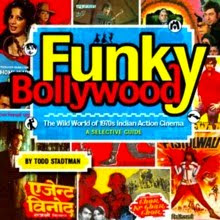
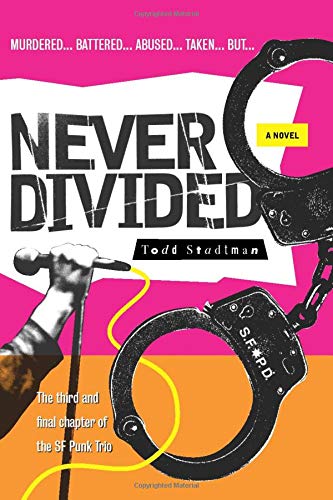
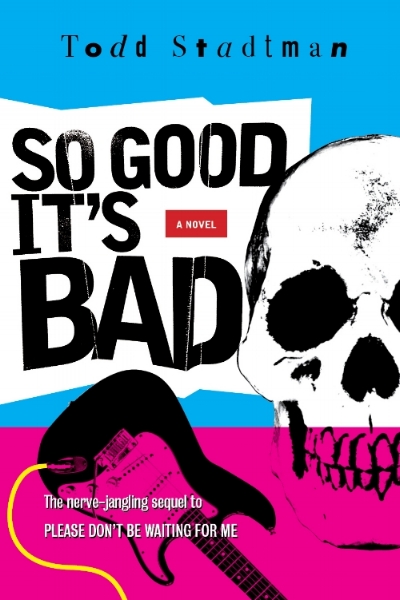
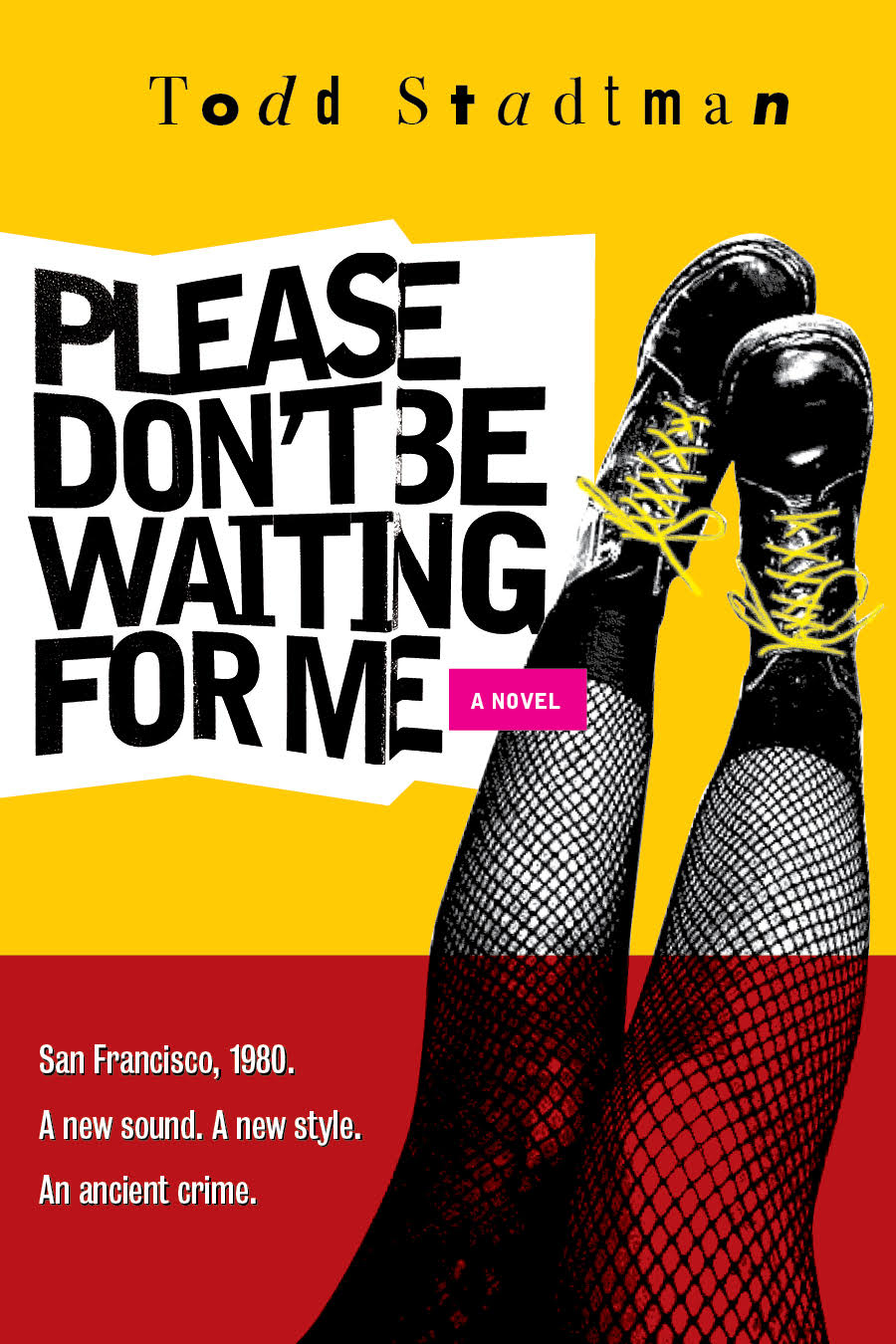



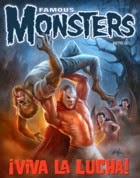







































No comments:
Post a Comment